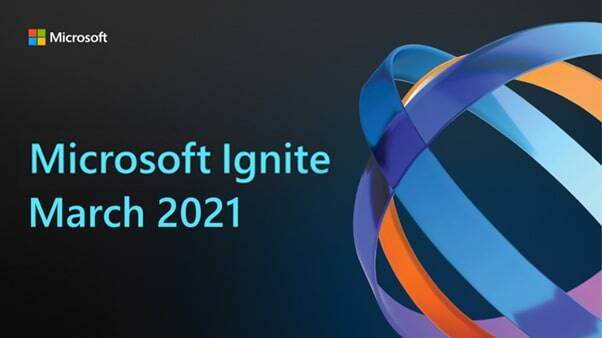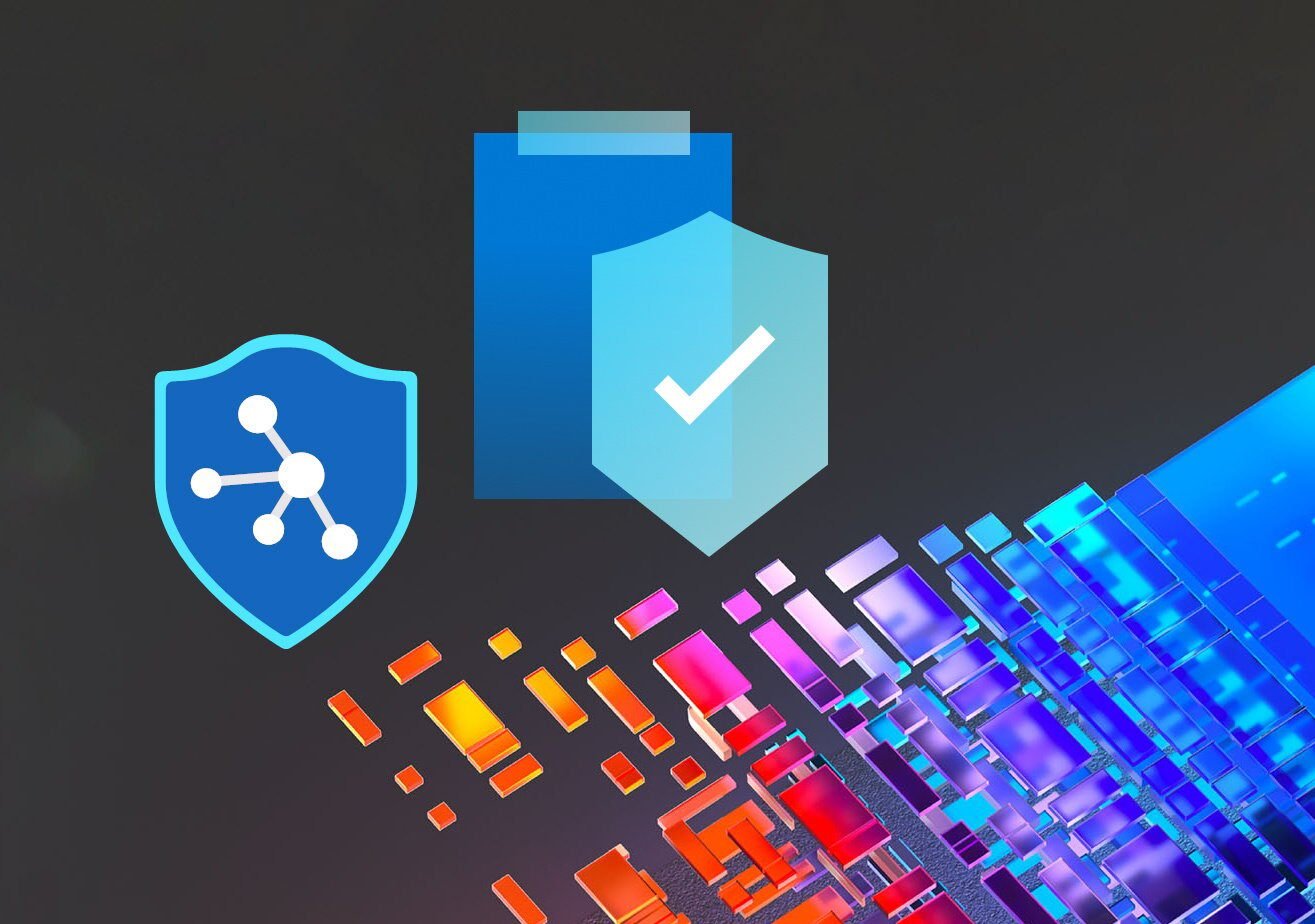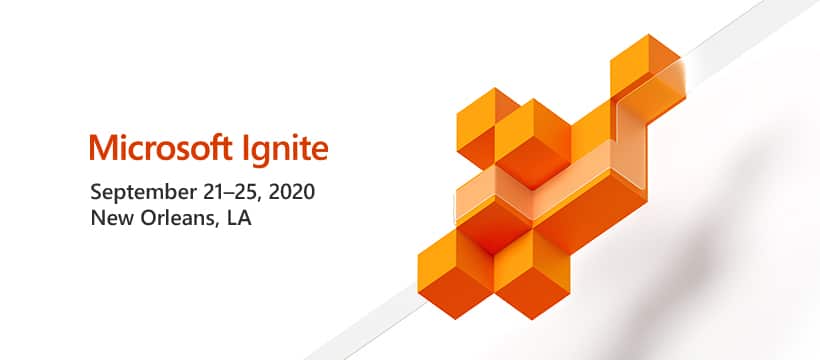Top Azure Announcements from Microsoft Inspire 2020
It's a big week for Microsoft partners and others who like to follow the tech company's developments. Microsoft Inspire 2020 just took place on July 21-22, as a free digital event in light of COVID-19 restrictions. Much of the important news revolves around Azure, Microsoft's overarching set of cloud services designed for use up to a global scale. Let's check out some of the top news from the conference, specifically these Azure announcements.
Next-Generation Azure Stack HCI
Azure Stack HCI is Microsoft's way of combining native Azure hybrid capabilities with hyperconverged infrastructure (HCI). This is a cluster that runs virtualized workloads on-premises so that customers working in hybrid environments can consolidate their hardware while also taking advantage of Azure cloud services. Azure Stack HCI is now native, fully integrated as an Azure service, and in public preview---with improvements in performance and security. HCI deployments and cloud services can both be accessed easily from the same place in Azure Portal. From there an admin can take advantage of Azure Arc and manage multiple clusters including virtual machines on the HCI. Another important change is that customers can now use their own existing hardware, as long as it matches Microsoft’s validated node solution, so that they can get the full use out of already purchased hardware. Additionally, there's a new development wizard to quickly set up and HCI cluster with Azure, as well as free security updates for Windows Server 2008 VMs that run on Azure Stack HCI.
Security Features in Azure Lighthouse

Azure Lighthouse was made generally available at last year's Microsoft Inspire conference. It gives service providers a consolidated viewing point and control plane to manage Azure across all their customers. Now it has multi-factor authentication and privileged identity management support for just-in-time access, and clients using it will get security updates even faster. Some Microsoft partners have expressed concern about risk from long-term elevated access, so they can now use role-based access control (RBAC) for short periods if desired, rather than maintaining privileged access continuously.
New Azure Sentinel Connectors
With greater remote work in recent months, companies are facing increased cybersecurity risks. One way to address these risks is Azure Sentinel, is a SIEM + SOAR solution that collects and responds to security data across various devices and applications. Microsoft has now added third-party connectors to help aid in this process. These connectors are available for:
- Alcide kAudit
- Infoblox NIOS
- Okta SSO
- Proofpoint TAP
- Pulse Connect Secure
- RiskIQ
- Symantec Proxy SG
- Symantec VIP
- Qualys VM
- Vectra AI, Perimeter 81
- VMware Carbon Black
Enhanced Azure Migrate Features
Azure Migrate is the central hub where workloads are migrated to the cloud. New enhancements for it are now generally available:
- PowerShell training and support
- A cross-platform framework for task automation and configuration management, which uses a command-line shell and scripting language
- Shared disks for Azure disk storage
- Private links for secure importing/exporting of data over a private network
- Support for third-party virtual appliances in virtual wide-area network (WAN) hubs, including Barracuda
A new feature also allows an administrator to import and create assessments by uploading Configuration Management Database data. This comes with support for Azure VMware Solutions assessments and app compatibility, which is available now in public preview.
Azure Blob Storage Updates
According to our 5-year-old work-from-home interns, the Azure service with the most fun name is undoubtedly Azure Blob. It stores "binary large objects" often referred to as unstructured object data, such as text or binary data. Blob usage and access insights are now in public preview with improved visibility of the data stored, including how often it gets accessed. Independent software vendor partners can use new metadata to aid in decisions about how to manage their storage. For those with read-heavy data workloads for media, energy, or financial services, Azure Blob Storage now supports Network File System (NFS) 3.0 in public preview. This makes Azure Blob the only storage platform that supports NFS with object storage economics.
Other Updates from Microsoft Inspire 2020
Here are a few other noteworthy announcements from Microsoft Inspire 2020:
- New resources for partners include expanded cloud practice playbooks and two new bundled Lenovo Managed Services designed to help small- and medium-sized businesses.
- Native Endpoint Data Loss Protection in Edge is available in public preview, making Edge the only browser with built-in Microsoft Endpoint DLP.
- The new and exciting Fluent Design is becoming more user-friendly and aesthetic. Microsoft hinted at its possibilities with a dreamlike teaser video, seen above.
- Advancements in the Power Platform and Dynamics 365 respond to current conditions under COVID-19, through tools such as Location Readiness or Employee Health and Safety Management.
- Universal Print, which will roll out in public preview over the coming weeks, moves print functionality to the cloud without the need of Windows Server.
- New capabilities in Teams also help improve information flow for firstline workers. There's a new built-in database for managing apps and chatbots within Teams, too, called Microsoft Dataflex. And conference calling has some new options including "Together mode," a display of all the call members looking as if they're sitting together in the setting of your choice.

For more on the announcements from Microsoft Inspire 2020, you can view all digital event content here. Or, for more recent news, check out the top announcements from Inspire 2021.
Stay connected. Join the Infused Innovations email list!
Share this
You May Also Like
These Related Posts

Top 10 Announcements from Microsoft Ignite 2021

Azure Defender & Sentinel Announcements from Ignite 2021

No Comments Yet
Let us know what you think